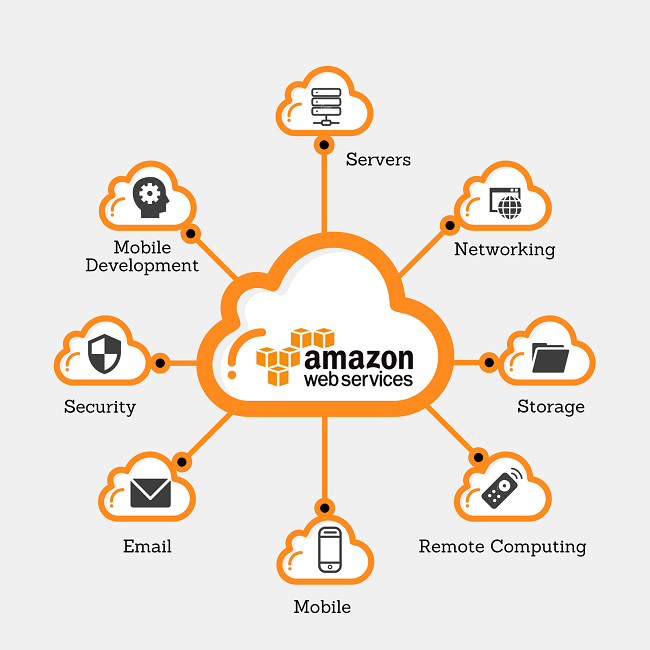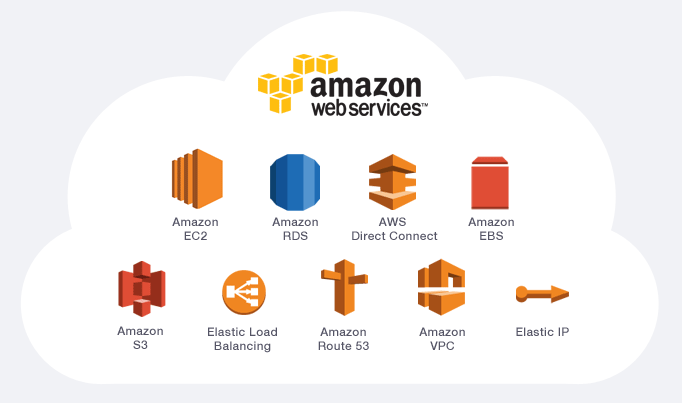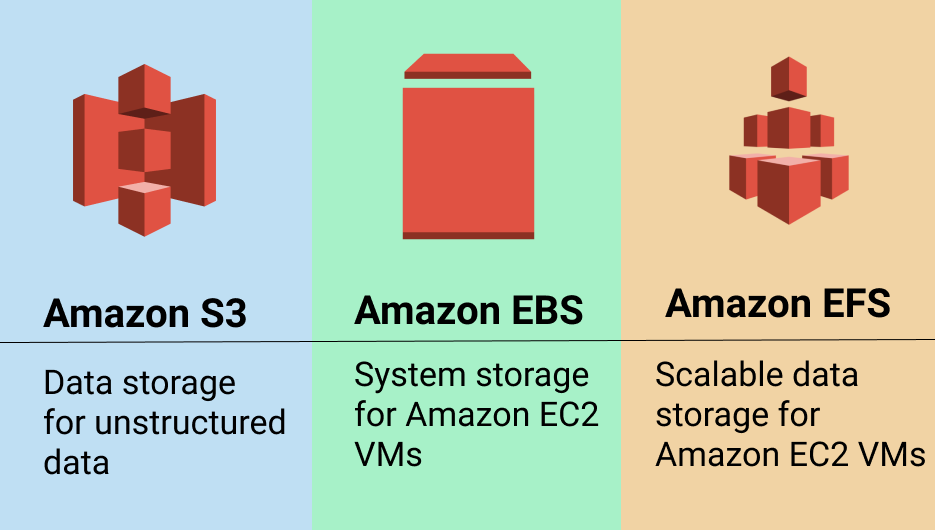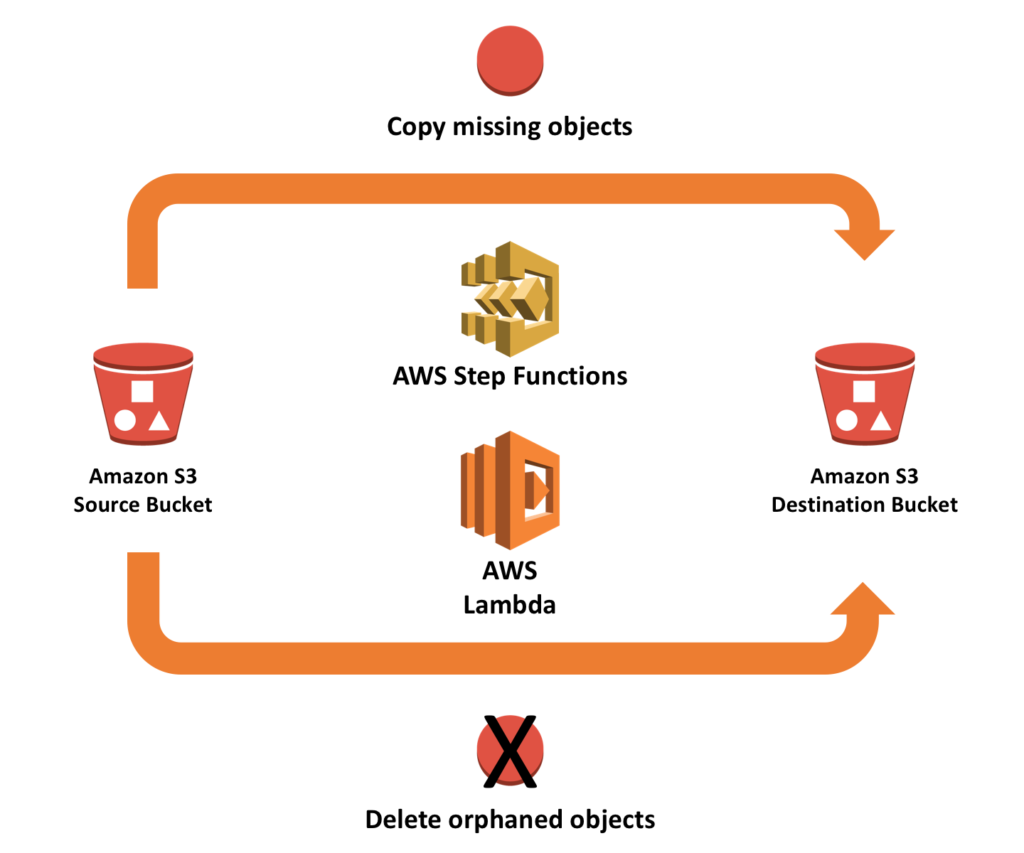AWS is broadly adopted cloud platform. Millions of customers trust AWS to power their infrastructure and applications. Organisations of every type and size are using AWS to lower costs, become more agile and innovate faster. AWS provides on-demand delivery of technology services via the Internet with pay as you go pricing. You can use these services to build and run virtually any type of application without upfront costs for ongoing commitments you only pay for what you use. AWS gives you more services and more features within those services than any other cloud provider this makes it faster easier and more cost effective to move your existing applications to the cloud and to build anything you can imagine from infrastructure technologies like compute storage and databases to emerging technologies such as machine learning and artificial intelligence, data lakes and analytics and Internet of Things. Building an AWS means you can choose the right tool for the job. For example, AWS offers the widest variety of databases that are purpose built for different types of applications with AWS you can leverage the latest technologies to experiment and innovate more quickly.
For cloud-based solutions for the businesses like Google, AWS, and Azure please visit: https://www.benchmarkitservices.com/google-cloud-service-providers/
We are continually accelerating our pace of innovation to invent entirely new technologies. You can use to transform your business like pioneering the serverless computing space with the launch of AWS Lambda which lets developers run their code without provisioning or managing servers and AWS built Amazon sage maker a fully managed machine learning service that empowers everyday developers and scientists to use machine learning without any previous experience. We are constantly expanding our global network of AWS regions so you can access AWS services to build and run your applications from anywhere in the world. Each of these regions has multiple availability zones that are physically separated from each other and connected by low latency high throughput and highly redundant networking. This makes it easy to design and operate applications that are scalable, fault tolerance and highly available. The infrastructure is built to satisfy the security standards of the most risk sensitive organisations. You also have access to the AWS partner network which has thousands of systems integrators who specialise in AWS services and 10s of thousands of independent software vendors who adopt their technology to work on AWS with the largest community of customers across every industry.
For cloud security related issues of businesses please visit: https://www.benchmarkitservices.com/backup/
Let us head to the compute one of the original AWS products was elastic compute cloud. It is one of the most fundamental building blocks on a platform and allows you to create a virtual computer in the cloud, choose your operating system memory and computing power, then you can rent that space in the cloud like you are renting an apartment that you pay for by the second. A common use case is to use an instance as a server for web application, but one problem is that as your app grows you will likely need to distribute traffic across multiple instances. Amazon introduced elastic load balancing which allowed developers to distribute traffic to multiple instances automatically. In addition, the cloud watch service can collect logs and metrics from each individual instance. The data collected from cloud watch can be passed off to auto scale in which you define policies that create new instances as they become needed based on the traffic and utilisation of your current infrastructure. These tools were revolutionary at the time, but developers still wanted an easier way to get things done and that is where elastic Beanstalk comes in.
For general support issues of home users please visit: https://www.computerepaironsite.com.au/
Most developers in 2011 just wanted to deploy a Ruby on Rails app, elastic Beanstalk made that much easier by providing an additional layer of abstractions on top of EC2 and other auto scaling features, choose a template, deploy a code, and let all the autoscaling happen automatically, this is often called a platform as a service but in some cases it still too complicated. If you do not care about the underlying infrastructure whatsoever and just want to deploy a WordPress site, LightSail is an alternative option, where you can point and click out what you want to deploy and worry even less about the underlying configuration. In all these cases you are deploying a static server that is always running in the cloud, but many computing jobs RFM role which means they do not rely on any persistent state on the server. In 2014, Lambda came out which are functions as a service or serverless computing with Lambda you simply upload your code then choose an event that decides when that code should run. Traffic scaling and networking are all things that happen entirely in the background and unlike a dedicated server you only pay for the exact number of requests and computing time that you use. If you do not like writing your own code, you can use the serverless application repository to find prebuilt functions that you can deploy with the click of a button but what if you are a huge enterprise with a bunch of its own servers.
For general IT Support services for Businesses please visit: https://www.benchmarkitservices.com.au
Outpost is a way to run AWS APIs on your own infrastructure without needing to throw your old servers in the garbage. In other cases, you may want to interact with AWS from remote or extreme environments like if you are a scientist in the Arctic. Snow devices are like little mini data centres that can work without Internet in hostile environments. So that gives us some fundamental ways to compute things, but many apps today are standardised with docker containers allowing them to run on multiple different clouds or computing environments with very little effort. To run a container, you first need to create a docker image and store it somewhere elastic container registry allows you to upload an image allowing other tools like elastic container service to pull it back down and run. ECS is an API for starting, stopping an allocating virtual machine to your containers and allows you to connect them to other products like load balancers. Some companies may want more control over how their app scales in which case, EKS is a tool for running Kubernetes but in other cases you may want your containers to behave in a more automated way for gate is a tool that will make your containers behave like serverless functions. Removing the need to allocate easy to instances for your containers but if you are building an application an already having containerized, the easiest way to deploy to AWS is app runner where you simply point to a container image while it handles all the orchestration and scaling behind the scenes but running an application is only half the battle. We also need to store data in the cloud simple storage service or S3 was the very first product offered by AWS it can store any type of file or object like an image or video and is based on the same infrastructure as Amazon’s E commerce site. It is great for general purpose file storage but if you do not access your files very often, you can archive them in glacier which has a higher latency but a much lower cost.
To purchase any IT related software or hardware please visit: https://www.xtechbuy.com/





